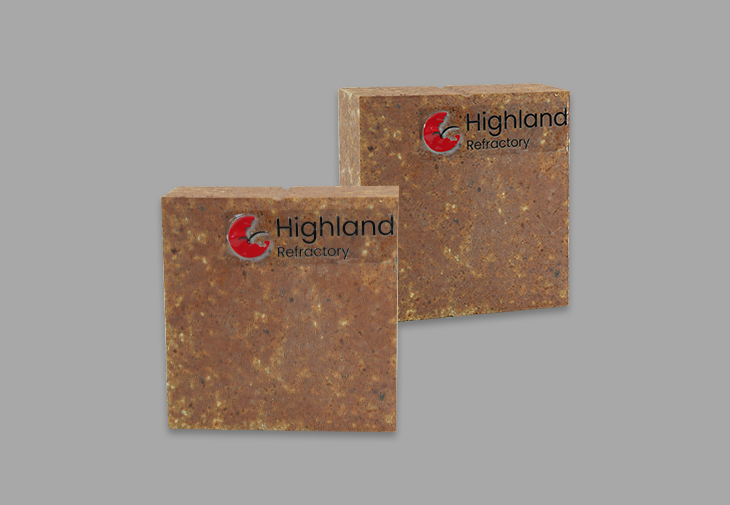
Highland Refractory’s Silicon Brick, a premium choice among silica fire brick options, is engineered for harsh high-temperature environments. Key specs include SiO₂ content ≥93% for exceptional acid slag resistance, refractoriness of 1690-1730℃ to endure sustained heat, cold compressive strength ≥25MPa for structural stability, and low creep rate (≤0.5% at 1600℃×50h) to resist deformation.
Ideal for glass kiln regenerators, hot blast stove domes, and coke oven carbonization chambers, it outperforms alumina silica fire brick in acidic high-heat settings. This silica firebrick minimizes wear from thermal cycling, extending equipment life and reducing maintenance downtime. For foreign buyers and B-end users, it ensures reliable, long-term performance—making it a trusted solution for high-temperature industrial needs.
Silica-molybdenum bricks have high resistance to chemical erosion and excellent wear resistance, and are the preferred material for the transition zone and preheating zone of large cement kilns.
Silica-molybdenum bricks have high resistance to chemical erosion and excellent wear resistance, and are the preferred material for the transition zone and preheating zone of large cement kilns.
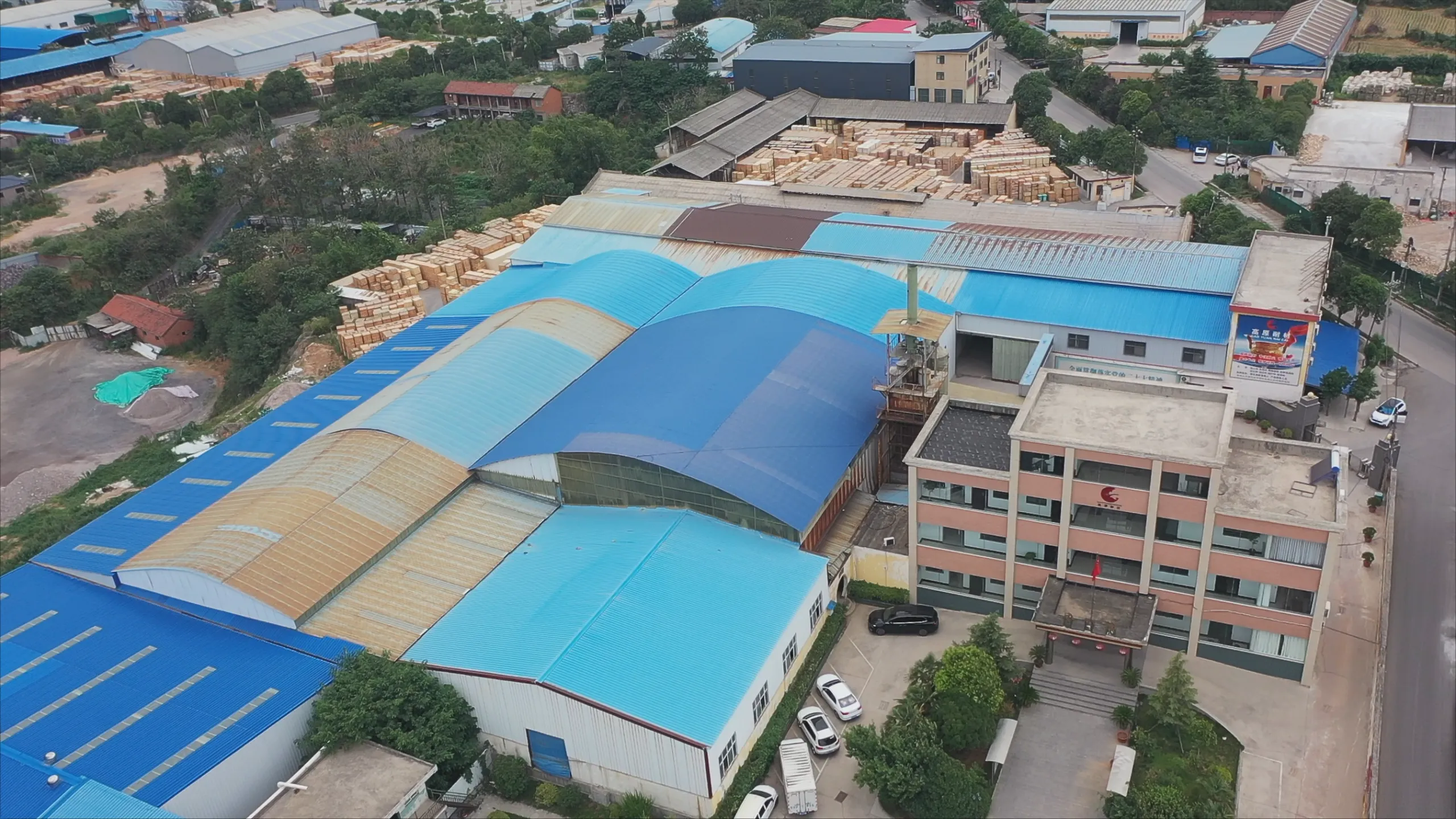
Global buyers in glass, metallurgy, and coke industries often struggle with delayed silicon brick shipments, disrupting kiln maintenance and new plant setups. Founded in 1990, Highland Refractory China’s leading silicon brick manufacturer resolves this with 1,100 skilled workers and full production lines for silica refractory brick, alumina silica brick, and more. We swiftly fulfill bulk or urgent orders, whether for standard silica fire brick or specialized alumina silica refractory brick. Our efficient production ensures on-time delivery, eliminating “long lead time” worries and keeping your high-temperature operations on schedule.
Contact us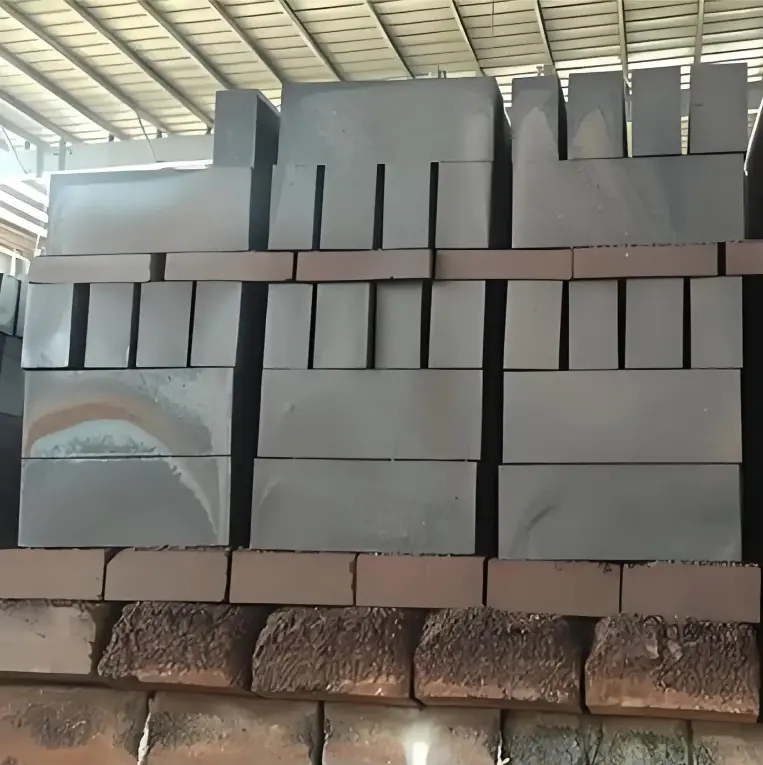
Terminal users (e.g., glass kiln operators) face two issues: off-the-shelf silicon brick can’t fit irregular structures like regenerator grids, and sourcing castables or high-alumina bricks requires coordinating multiple suppliers. Highland solves both. We customize silica refractory brick to your exact drawings adjusting sizes, SiO₂ content, and shapes and offer one-stop supply of all refractory needs, from alumina silica brick to insulation materials. This means no more “mismatched bricks” or “multi-vendor hassle,” as our products align perfectly with your equipment.
Contact us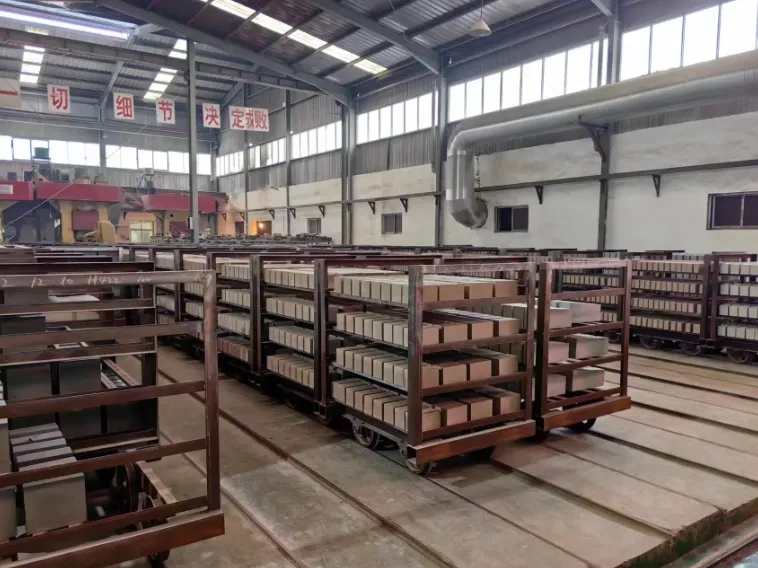
Overseas clients often face a dilemma: European/American silicon brick ensures quality but at high prices, while uncertified silica refractory brick risks creep or cracking under heat. Highland resolves this. Our silica fire brick and alumina silica refractory brick hold ISO 9001:2015 certification, meeting global standards (SiO₂ ≥93%, refractoriness ≥1690℃). Better yet, our prices are 20-30% lower than Western brands. This “certified quality + competitive pricing” combo eliminates “quality doubts” and “high cost” worries, making us a trusted partner.
Contact usTo solve foreign buyers’ worries about parameter mismatches, Highland Refractory’s Silicon Brick provides clear, superior specs, with key advantages over high-alumina bricks and fire clay bricks. It has SiO₂ content ≥93% (up to 96% for premium grades) for exceptional acid slag resistance—unlike high-alumina bricks (Al₂O₃ ≥65%) which struggle with acidic environments like glass kilns. Its refractoriness reaches 1690-1730℃, far higher than fire clay bricks (1580-1650℃) that fail in coke oven high temperatures. It also has cold compressive strength ≥25MPa and low creep rate (≤0.5% at 1600℃×50h), avoiding deformation. Compared to alumina silica fire brick, it offers more stable performance in sustained 1600-1700℃ conditions, letting you confirm fit for your kiln.
End-users like steel converter operators often struggle with ill-fitting bricks that require costly equipment tweaks. Highland addresses this with versatile sizing for Magnesia Carbon Brick: standard options include 230×114×65mm, 230×114×32mm, and 114×114×65mm—compatible with most conventional smelting equipment using mag carbon brick. More importantly, we support full customization: based on your kiln’s structural drawings (e.g., wedge-shaped bricks for steel ladle slag lines, curved bricks for converter bottoms), we produce Magnesia Carbon Brick with size tolerance controlled within ±1mm. This ensures seamless integration, eliminating the need to modify your equipment and solving “mismatch” pain points.
To resolve “temperature-scene mismatch” doubts, Highland clarifies the optimal use of Silicon Brick, which excels in 1600-1700℃ environments with acidic media. For glass kiln regenerators, its acid slag resistance protects against molten glass byproducts, outperforming alumina silica fire brick that wears quickly here. For coke oven carbonization chambers, its high refractoriness endures long-term high heat without cracking—unlike fire clay bricks. It also fits hot blast stove domes, where its low creep rate prevents structural collapse. This clear alignment with glass, coke, and metallurgy industries helps you quickly match the right silica firebrick to your equipment, no more guesswork.
Foreign buyers often fear substandard imported Silicon Brick, but Highland’s products ease these concerns with strict certifications. All our Silicon Brick—including silica fire brick and premium silica firebrick variants—are manufactured under ISO 9001:2015, covering raw material testing (SiO₂ powder purity) to finished product verification (refractoriness, compressive strength). They also meet European CE standards, satisfying EU regulatory requirements. Each shipment includes a detailed test report, proving consistency across batches. This compliance fully eliminates “import quality doubts,” letting you trust that our silica fire brick meets your local standards and operational needs.
Highland Refractory eases foreign buyers’ international logistics worries when importing Silicon Brick, addressing pain points like transit damage, complex clearance, untraceable shipments, and slow emergency responses. For packaging, we differentiate between regular refractories (e.g., fire bricks, high-alumina bricks) and specialized ones—regular options use 5-layer corrugated cartons (20pcs/carton) on 1200×1000mm IPPC-compliant pallets, wrapped in thick stretch film; while Silicon Brick (a core silica refractory brick), corundum mullite bricks, and high-alumina shaped bricks get extra moisture-proof PE liners, ensuring alumina silica brick and alumina silica refractory brick arrive intact.
Domestically, sealed box trucks move goods from our factory to ports (Shanghai, Guangzhou); exports use 20ft/40ft containers optimized for bulk silica refractory brick. We pre-prepare full clearance docs (commercial invoices, packing lists, certificates of origin) to avoid delays. Post-shipment, a real-time tracking link monitors cargo; transit-damaged bricks are replaced free in 5 workdays (with photos), and our 24-hour team handles urgent orders—guaranteeing a hassle-free full-logistics experience for your Silicon Brick procurement.
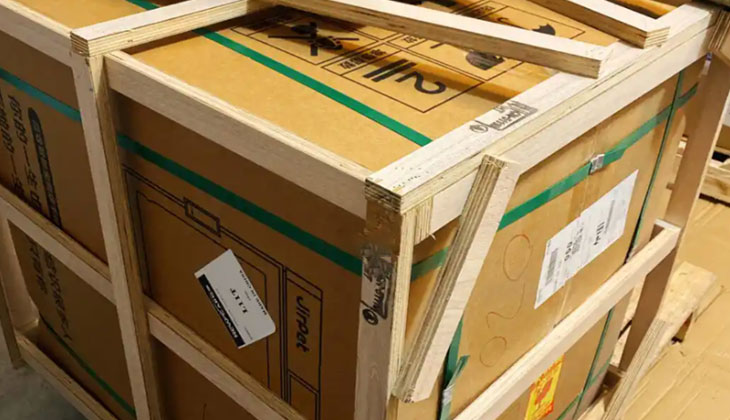
1. Domestic: 5-layer cartons (20–25 bricks) on 1200×1000mm pallets, stretch-wrapped;
2. Export: moisture-proof cartons + IPPC pallets + desiccant/labels;
3. Transport: domestic box trucks (≤60km/h), export containers (15cm gaps);
4. Loading/unloading: forklifts with pads; custom foam for irregular bricks (damage rate ≤0.5%);
Backed by decades of expertise, Highland Refractory delivers tailored refractory brick solutions across steel, cement, glass, and petrochemical industries. Trusted by global manufacturers, our products ensure long service life, efficiency gains, and cost savings—with on-site technical support to guarantee optimal performance for every client.
Preheating zones of cement or glass kilns face frequent temperature fluctuations (800-1200℃), which cause ordinary bricks to crack and peel—leading to frequent replacements. Highland’s Silicon Brick solves this with specialized silica fire brick: its SiO₂ content ≥93% and low thermal expansion coefficient (≤0.5% at 1000℃) endure repeated heat cycles without damage. Compared to alumina silica fire brick, this silica firebrick maintains structural stability longer, reducing shutdowns for repairs. For preheating zone linings, it ensures consistent heat retention and extends service life to 18-24 months, eliminating “thermal shock-induced failure” worries for users.
Tertiary air ducts in cement plants suffer from 1000-1300℃ high temperatures plus abrasive dust (from raw materials), which wear down regular refractories quickly. Highland’s high-density silica fire brick is tailored for this: its apparent porosity ≤16% and cold compressive strength ≥28MPa resist dust scouring, while refractoriness 1690-1730℃ handles sustained heat. Unlike common alumina silica fire brick that erodes in 6-8 months, this silica firebrick lasts 12-15 months. It fits duct bends and straight sections seamlessly, solving “fast wear” pain points and keeping air flow stable for cement production.
Fifth-stage preheaters in cement lines face acidic dust from raw material decomposition and 900-1100℃ heat—ordinary bricks corrode easily, causing material leakage. Highland’s acid-resistant silica fire brick addresses this: its high SiO₂ content (≥94%) forms a barrier against acidic media, outperforming alumina silica fire brick that succumbs to corrosion. This silica firebrick also has low water absorption (≤2%), preventing dust adhesion and blockages. For preheater linings, it ensures no leakage or clogging, extending maintenance intervals by 50% and solving “corrosion-induced downtime” for users.
Transition zones of cement rotary kilns endure sudden temperature shifts (1200-1500℃) and abrasive clinker impact ordinary bricks deform or break, disrupting production. Highland’s high-strength silica fire brick is ideal here: its creep rate ≤0.5% at 1600℃×50h resists deformation, and cold compressive strength ≥25MPa withstands clinker scouring. Compared to alumina silica fire brick, this silica firebrick adapts better to the transition zone’s harsh conditions, lasting 20-24 months. It fits the kiln’s curved structure via custom sizing, eliminating “mismatch” and “fast failure” worries for large cement kiln operators.
To ease foreign buyers’ (e.g., preheater, tertiary air duct, lime kiln users) worries about opaque processes and unstable quality, Highland Refractory follows a strict workflow for Silicon Brick. We first inspect high-purity silica raw materials, testing SiO₂ content (≥93%, critical for acid resistance) and impurity levels—stricter than standards for alumina silica brick—to lay a solid foundation for silica refractory brick. Next, we use 800-ton precision hydraulic presses to mold the mixture, ensuring uniform density; then sinter it at 1350-1450℃ to enhance heat resistance and reduce creep, a key advantage over alumina silica refractory brick.
Every batch undergoes rigorous testing (refractoriness 1690-1730℃, cold compressive strength ≥25MPa). Guided by ISO 9001:2015, we monitor each step (from raw material intake to final inspection) and provide detailed test reports. This “strict production + full-process monitoring” ensures consistent quality across all silica refractory brick, fully eliminating importers’ doubts.









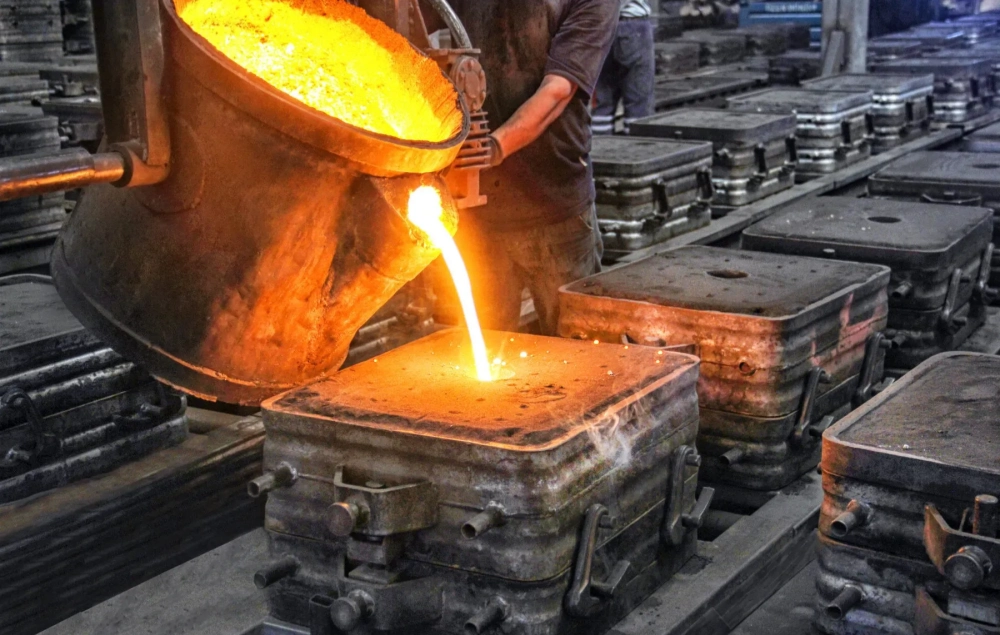
Fifth-stage preheater users in cement plants face a major pain: acidic dust (from raw material decomposition) and 900-1100℃ heat corrode ordinary refractories quickly, leading to frequent brick replacement and material leakage. Highland’s silica fire brick addresses this perfectly its SiO₂ content ≥93% (up to 96% for premium grades) forms a dense, acid-resistant barrier that outperforms alumina silica fire brick, which often succumbs to corrosion in 6-8 months. This silica firebrick also has low water absorption (≤2%), preventing dust adhesion and blockages. For preheater linings, it maintains integrity for 18-24 months, eliminating “corrosion-induced downtime” and reducing maintenance costs significantly.
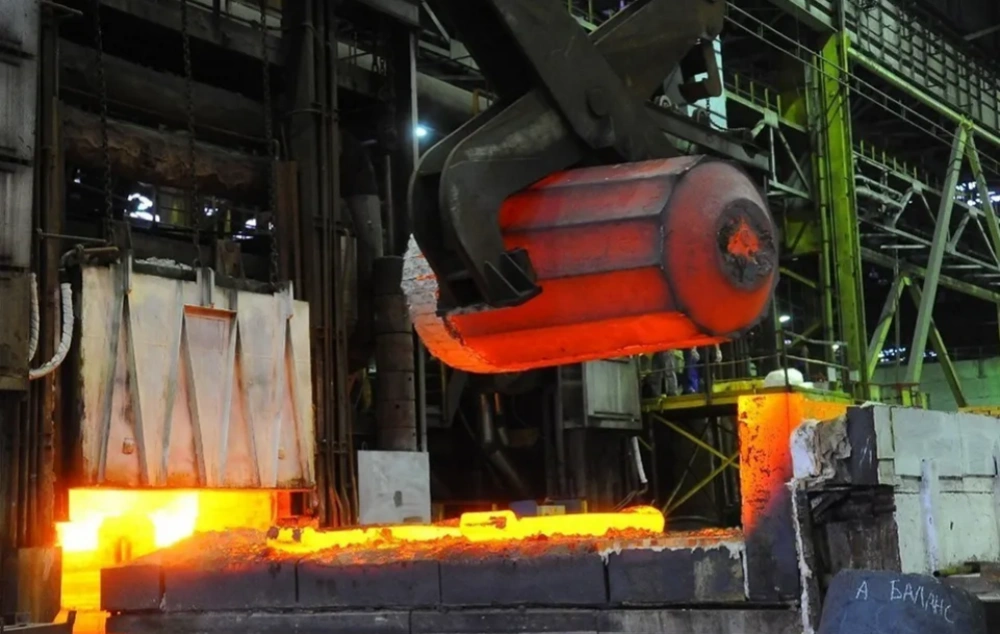
Lime kiln discharge chute operators struggle with mismatched bricks standard silica firebrick can’t fit the chute’s irregular angles and narrow gaps, forcing costly equipment modifications or risky on-site cutting. Highland solves this with fully customized silica fire brick: we adjust sizes (tolerance ≤±1mm), shapes (wedge shaped, curved, or notched), and even SiO₂ content based on your chute’s structural drawings. Unlike rigid alumina silica fire brick, our tailored silica firebrick integrates seamlessly into the chute’s unique design, avoiding modifications and ensuring smooth material flow. This “made-to-fit” advantage saves you time and money while preventing brick damage from poor alignment.
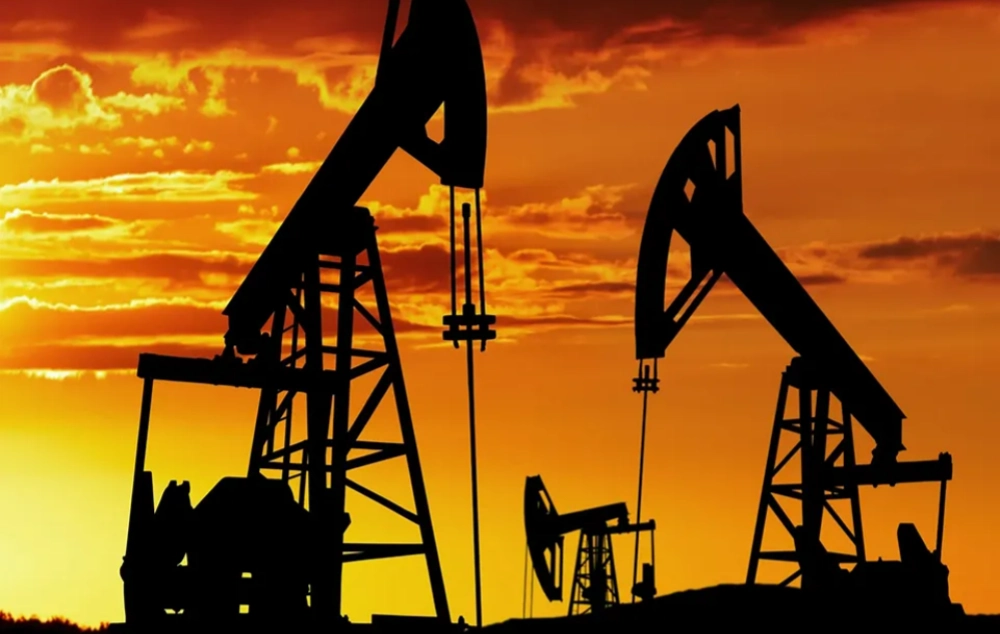
Tertiary air duct users in cement production deal with frequent brick failures 1000-1300℃ heat plus abrasive dust wear down ordinary refractories in 8-10 months, causing unplanned shutdowns and high procurement costs. Highland’s silica fire brick changes this via advanced 1350-1450℃ sintering technology, which boosts its cold compressive strength to ≥25MPa and reduces creep rate (≤0.5% at 1600℃×50h). Compared to alumina silica fire brick, its service life extends to 15-18 months halving replacement frequency. This “long-life” benefit slashes annual refractory costs by 30% and minimizes production disruptions, making it a cost-effective choice for air duct linings.
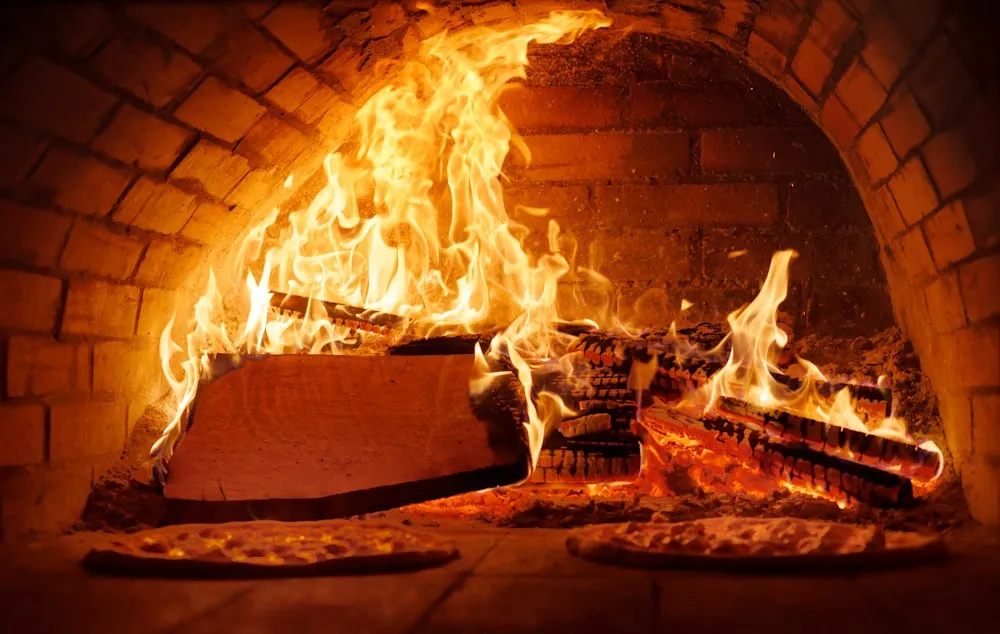
Preheating zone users (in cement/glass kilns) face temperature fluctuations (800-1200℃) that cause ordinary bricks to crack or peel, threatening heat retention and kiln efficiency. Highland’s silica fire brick excels here: its refractoriness reaches 1690-1730℃, easily enduring peak preheating temperatures, and its low thermal expansion coefficient (≤0.5% at 1000℃) resists thermal shock better than alumina silica fire brick. This silica firebrick maintains structural stability even after 50+ heat cycles, avoiding cracks that lead to heat loss. For preheating zone linings, it ensures consistent thermal performance and extends service life, solving “temperature-swing damage” worries and keeping your kiln running smoothly.
Silicon carbide plates are mainly composed of silicon carbide (SiC) as the aggregate (with a content usually ≥ 80%).
Silicon carbide castable is an amorphous refractory material with silicon carbide as the main component.